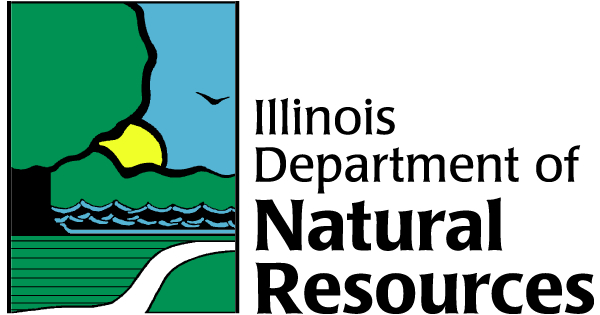river redhorse
river redhorse (Moxostoma carinatum)
Illinois Status: state threatened, native
Photo © Uland Thomas
Features and Behaviors
FEATURES
The river redhorse may be 10 to 27 inches in length. The back and upper sides of this fish are green-brown, while the remainder of each side is yellow. The belly is white. The dorsal fin is green-brown or blue-gray. The lower body fins are plain or with an orange tint. The tail fin is red. Dark spots can be seen on the scale bases of the back and sides. The river redhorse has a large head and a large mouth. The posterior border of the lower lip is U-shaped. Large teeth are present in the throat. The breeding male has small tubercles (bumps) on the head, body and fins.
BEHAVIORS
The river redhorse may be found in most of the upper Illinois River basin and in the Vermilion River basin. It lives in the deep, swift, gravel riffles of rivers. It is intolerant of silt, turbidity and pollution. Spawning occurs in spring. The male excavates a nest in the gravel on the river bottom. The female and a second male come to the nest. Both males fertilize the eggs. The action of all three fish stirs the eggs into the gravel. The river redhorse eats mollusks and aquatic insects.
The river redhorse is threatened in Illinois mainly due to habitat degradation. It has a limited distribution in the state and is threatened by poor water quality, siltation, increased turbidity and pollution. Maintaining good water quality and protection from silt, turbidity and pollution are necessary for its survival.
Illinois Range
Taxonomy
Kingdom: Animalia
Phylum: Chordata
Class: Actinopterygii
Order: Cypriniformes
Family: Catostomidae
Habitats
Soon.


